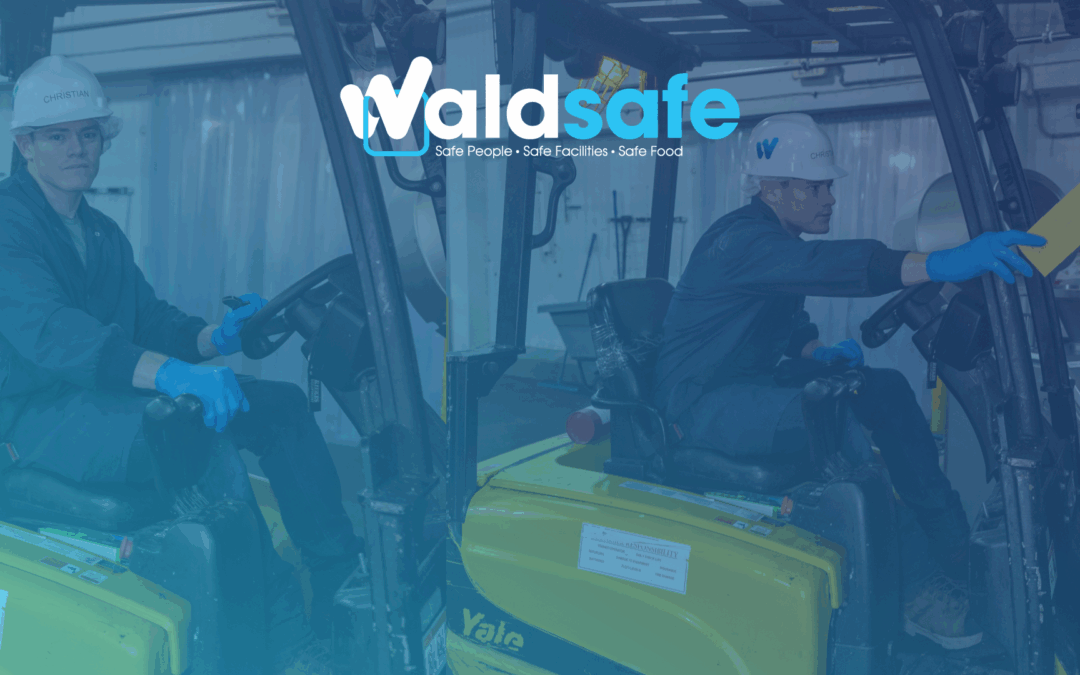Staying Sharp: Forklift Awareness and Safe Lifting in the Modern Warehouse
Warehouses never sleep. As goods flow in and out, forklifts weave through aisles, and team members keep things moving with purpose and precision. But in this fast-paced environment, one thing must remain constant: our commitment to safety.
This month, we’re spotlighting two key areas—forklift awareness and safe lifting practices—to help keep everyone informed, alert, and injury-free.
Forklifts: Essential—and Risky Without Awareness
Forklifts are warehouse workhorses that require care, training, and constant awareness to operate safely. Everyone—from certified operators to pedestrians on the floor—plays a role in maintaining a safe space.
Operators should always be up to date on training, including how to handle loads, navigate tight spaces, and follow internal traffic flow rules. But awareness doesn’t stop with the driver. Other team members should be trained to:
-
- Recognize forklift blind spots
- Stay alert to designated forklift lanes
- Make eye contact with operators before crossing paths
- Understand warning signals and hand gesture
Creating a culture of mutual awareness can prevent serious accidents before they happen.
Common Hazards and How to Avoid Them
Many forklift-related incidents stem from one of three things: poor training, unsafe environments, or complacency. Watch out for:
-
- Narrow aisles and congested areas
- Obstructed views or blind corners
- Improperly loaded or unsecured materials
- Lack of maintenance or inspection
Simple steps like routine walk-throughs, clear signage, and preventative maintenance can make a major difference.
Safe Lifting: A Human-Powered Priority
Not every task calls for a machine. For those doing the heavy lifting—literally—good habits are your best defense against injury. A few reminders:
-
- Lift with your legs, not your back. Keep your back straight and bend at the knees.
- Keep your footing strong. Stand with your feet shoulder-width apart for better stability.
- Use tools, not just muscle. Pallet jacks, carts, and lifts exist for a reason—use them when you can.
A Culture Built on Safety
Forklifts and manual lifting are part of the job, but injuries don’t have to be. When we lead with training, pay attention to our surroundings, and look out for each other, we build more than efficiency—we build a workplace where everyone goes home safe.
Let’s carry safety into every shift. After all, it’s not just what we do—it’s how we do it that matters.

